Consumer is one of the elements of the 4Cs model of the marketing mix. Applying this marketing mix component takes the traditional concept of product and focuses it on the consumer.
It is a valuable concept in marketing, as there are increasing options for customers to purchase products. By placing the consumer of the product at the center, a focus is placed on the consumers’ needs and wants, as well as building products that solve the consumers problems.
Here, we will look at the consumer component of the marketing mix in detail.
What is Consumer?
Consumer, or the customer, is the individual who uses your product. In the 4Cs marketing mix, the consumer is the first C. It establishes that all marketing should be customer focused. The first C is about providing a product strategy that is customer centric.
With consumer, marketing and product development begin their process with customer needs and wants. Then, based on the customer, a company will only build products that customers want.
This process requires a deep understanding of your customer and their journey. Then with that understanding, you can make educated product development choices. Which, creates products that customers ultimately want.
The consumer is the center of product strategy.
Why Focus on the Customer?
In the 4Cs marketing mix, all focus is placed on the customer. So, this asks the question, why?
There are a few reasons to focus on customers.
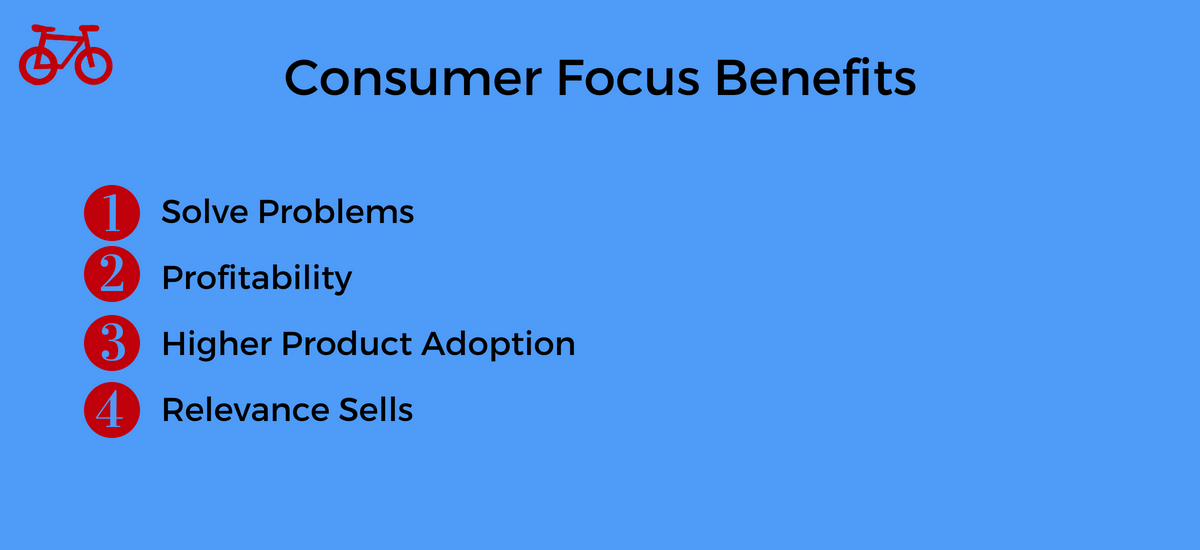
One reason is, customers want your organization to solve their problems. Products are only interesting if they provide a solution to an existing problem. When you solve problems, there is a higher perception of value from the customer.
Another reason to focus on customers is based on research from Deloitte and Touche; organizations with a focus on the customer are 60% more profitable than organizations that are not.
A third reason to focus on the customer is organizations will build products customers actually want. This leads to more effective product development and higher product adoption by customers.
Another reason is that relevance sells. Building products with customer’s needs and wants allows organizations to build relevant products for customers. This product relevance sells.
A focus on customers directly translates to increased profitability and a higher perception of value. If that isn’t reason enough, then ultimately, it is just the right thing to do as an organization.
The Power of the Customer
Customers have a lot of power in our organizations. They use our products. Their needs and wants drive how we operate. So, with this amount of power, it only makes sense that we build a process that revolves around them.
Customers have many ways they can wield their power. And, there are many ways customers are increasing the amount of buying power they have. The following are a few ways customers have power.
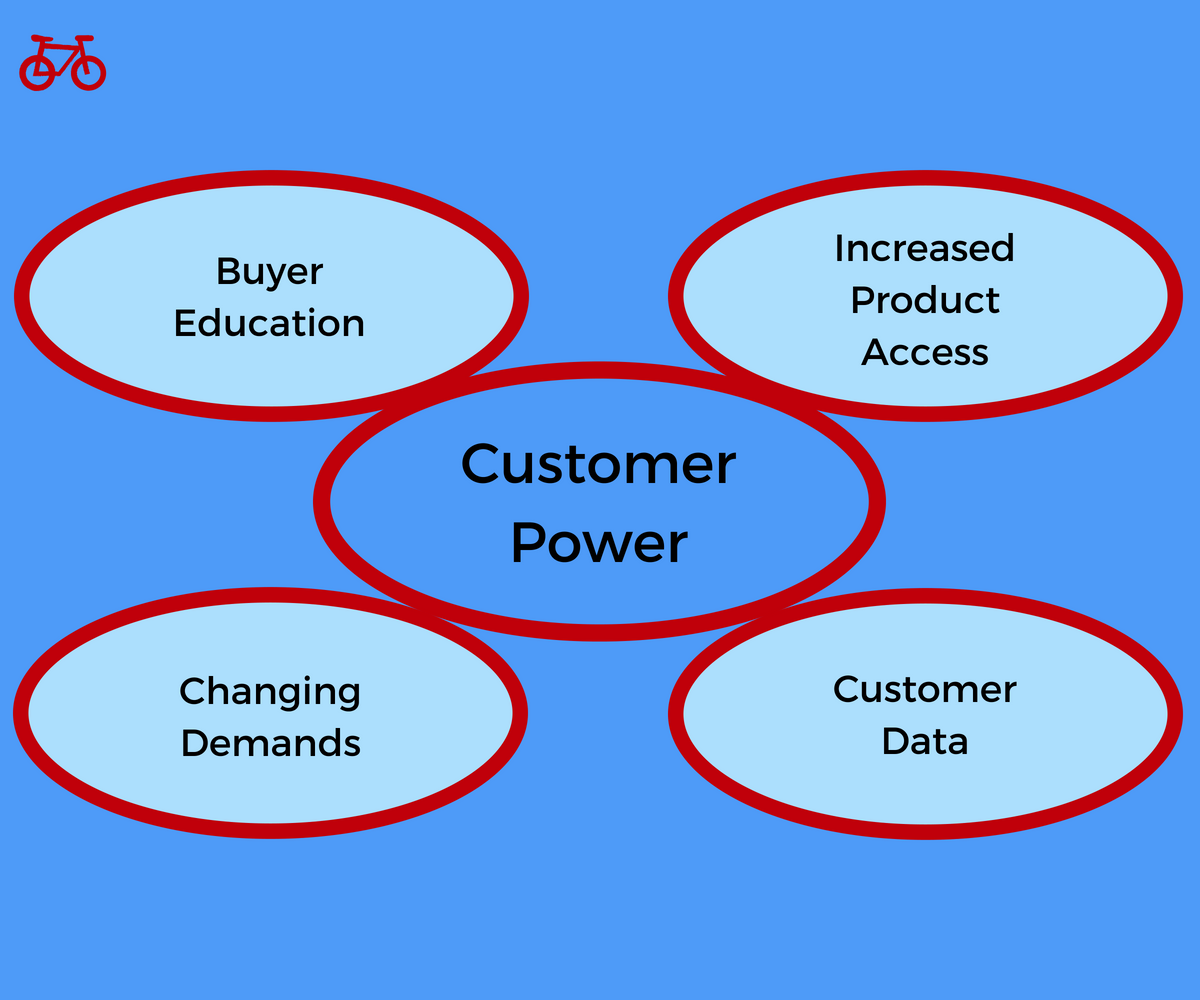
Buyer Education
Buyers are becoming more educated. With easier access to information through the internet and mobile devices, buyers can instantly educate themselves on products.
Whether a customer is doing research prior to buying a product or looking up price comparison while in the store, access to information is easy. That means, we need to know exactly what our customers want, and how they want it delivered.
Customers are ruthless in their pursuit of the right product at the right deal. So, we need to understand their needs and wants and cater our products and marketing to them.
Increased Product Access
Product access is becoming easier and easier. Now that shopping not only happens in retail locations, but also online through eCommerce, choices are increasing. Competition is great for the customer, but that means when building products, we have to be increasingly sensitive about who we are building products for.
Ultimately, increased product access is forcing us to understand our customers better and build better products.
Changing Demands
Customer demands are changing rapidly. We can see this in all forms of products.
Buyers are more educated, they have more product options, and thus realize they can have different demands. And with these different demands, comes the need to build different products. And to build products in a more dynamic way.
As customers change their demands, we need to be more responsive to customer needs. Thus, customers are increasing their power.
Customer Data
As the collection of data becomes easier, that means we have more data. With more data, we have more information to make decisions. And, we have more information to understand our customers.
As customers provide us more data, that means we have a responsibility to our customers to use that data to make better products. This is a form of power that customers unknowingly have.
The power customers hold is an important factor to consider in our product strategy and marketing mix strategy.
Customer Focused Market Research
Marketing research in the consumer component of the marketing mix requires a customer focus. That means researching the market for customer problems then developing solutions. This is contrary to building a product, then researching to find a market.
There are a few ways to focus market research on the customer. Customer focused market research looks like the following.
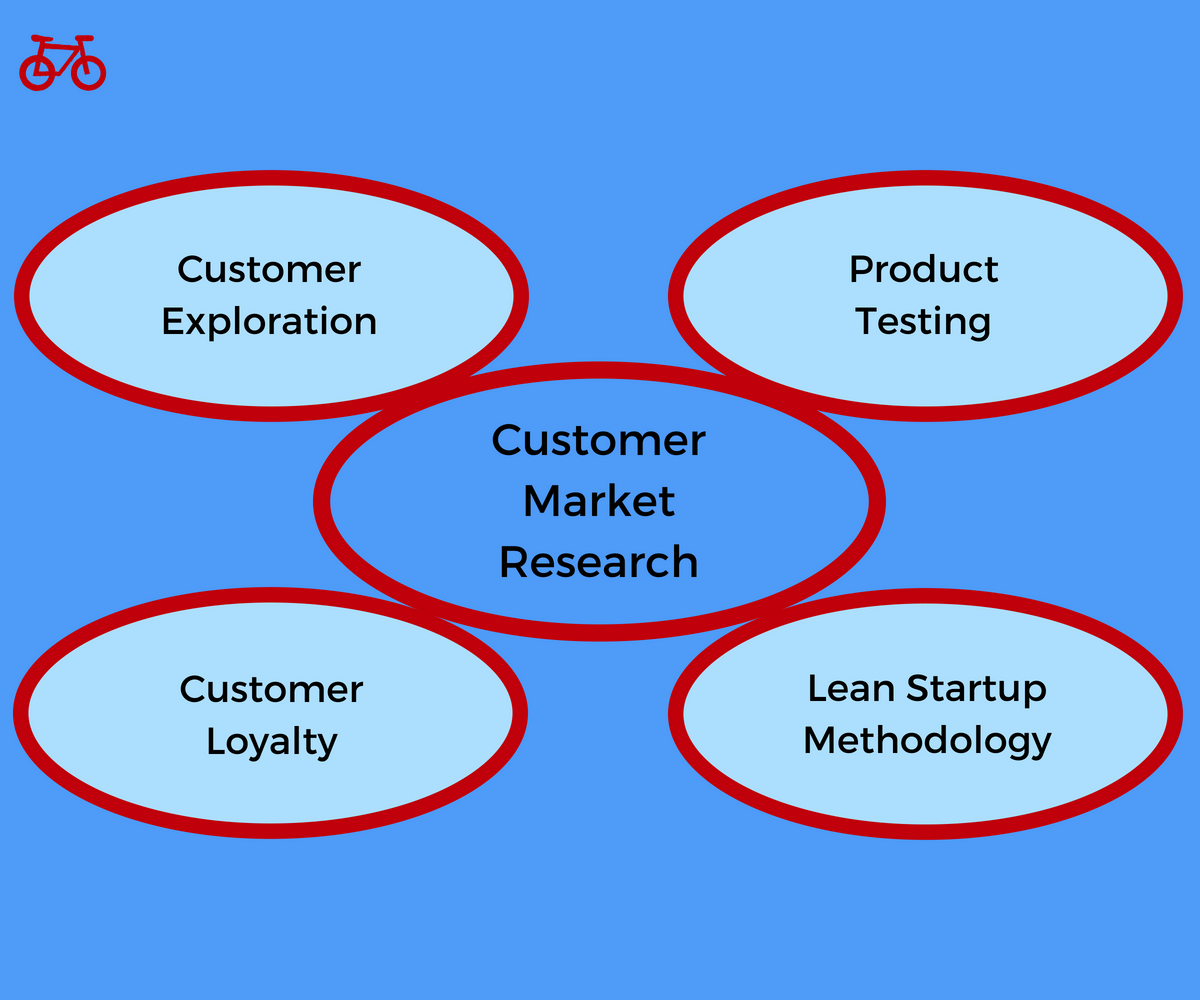
Customer Exploration
Customer exploration is focusing on researching the current needs of a market. Then, developing a solution for that market.
It is about exploring customers first, then building products for their needs. When doing market research, focusing on finding potential customers is how you perform customer focused market research.
Product Testing
Building a product is not enough. Once the product is built, then it needs to be improved and perfected. That is where testing products in the market and with customers becomes a key component of market research.
That means that just because an initial product has been developed, based on focusing on the customer, does not mean that the market research phase is over. Testing the product with the target market helps to improve the product such that it satisfies the needs and wants of customers. And, it provides the ultimate solution for the customer.
Testing and iterating is an integral part of customer focused market research.
Customer Loyalty
When researching customers for new products, it is important to understand what causes loyalty. What factors make customers loyal to a product, that way you can build this into a product.
Not only does customer loyalty benefit the company, but loyalty indicates a product is providing customers with a solution. Researching these factors is putting the customer in the forefront and creating solution driven products.
Lean Startup Methodology
The Lean Startup Methodology, which is widely accepted, is a great process to follow to build customer driven products.
The Lean Startup Method, made famous by Eric Ries, follows doing customer exploration so you build products that customers want. Then, create a minimum viable product (MVP) to get a product in customers hands. Then, continually iterating the product to best fit customer needs and wants.
Conducting market research before building products is relatively obvious. But, adjusting your mindset to focus the research on customers is a critical step in launching successful products that customers want.
Customer Focused Product Development
During product development, focusing on the customer is critical. A common, and costly, mistake is building products that customers do not want. We can’t get it right 100% of the time, but there are measures we can take to limit that risk.
A way to limit the risk of building products customers do not want is to adopt customer focused product development. Customer focused product development has the following ingredients.
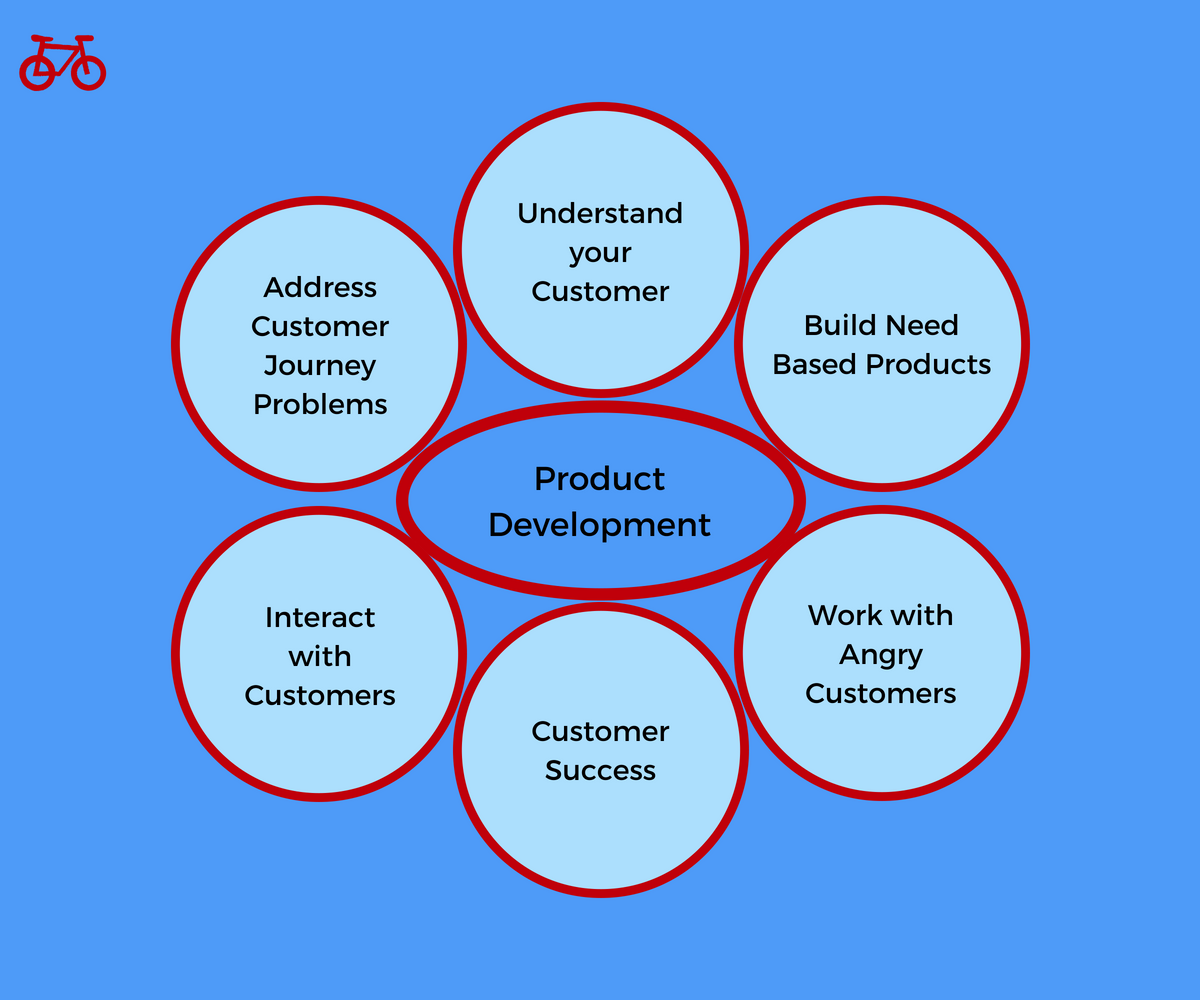
Understand your Customer
Before product development can begin, we need to understand our customers. This is an obvious point. It’s a recurring theme when looking at the consumer component of the 4Cs marketing mix. But, it is critical to building customer focused products.
Understanding your customer begins with a company culture that is focused on the customer. Then, using customer focused market research. And lastly, speaking to customers to let them tell you what they want and need.
Using these tactics help you to understand your customer to begin your product development journey.
Address Customer Journey Problems
To have customer focused product development, you need to address existing customer problems and pain points. Both in their daily course of business and in the customer journey with your company.
These are already problems that need solutions. Which, providing a solution to an existing problem, to existing customers is key in providing customer focused product development. It is a situation that is waiting for a solution.
The existing customer journey is a key place to look to address problems for product development.
Build Need Based Products
Products should be solutions to problems. Problems that create needs. Thus, we are building need-based products. Rather than building products and finding needs and a market later.
This process addresses both being customer focused in our product development strategy, as well as avoiding building products nobody wants.
Always focus on customer needs first. Then, build products accordingly.
Interact with Customers
In order to build customer focused products, we need to interact with our customers and potential customers. Not only is interaction key, but building a system that fosters interaction is how we ensure that customer interaction occurs.
Customer interaction helps with understanding customers and their needs, then developing products based on those needs. Then, after a product has been developed, customer interaction facilitates the product iteration process. Which is gaining feedback from customers to make product improvements.
Interaction with customers fosters an environment where products are not being developed in a vacuum.
Work with Angry Customers
Customers who do not love everything you do are a great resource when looking to develop products. They are more likely to provide honest feedback for product development ideas and improvements.
Even more critical in a customer focused product development environment is speaking and interacting with angry customers. These can be the customers that provide raw feedback that may or may not be actionable. But, it is critical feedback that can be used for improvements.
Customer Success
In the product development process, having a customer success program can provide the necessary framework for success. Not only is customer success about making your customers successful with your products. Which addresses retention.
Customer success also addresses the need for interaction with customers and communication with angry customers. It is a highly recommended strategy to incorporate with product development.
Becoming Customer Focused
Adopting the customer focused framework in the 4Cs marketing mix has to be a conscious effort. It takes having a customer focused strategy and taking the necessary steps to put the customer at the forefront.
Some of the ways to build a customer focused strategy and become customer focused are the following.
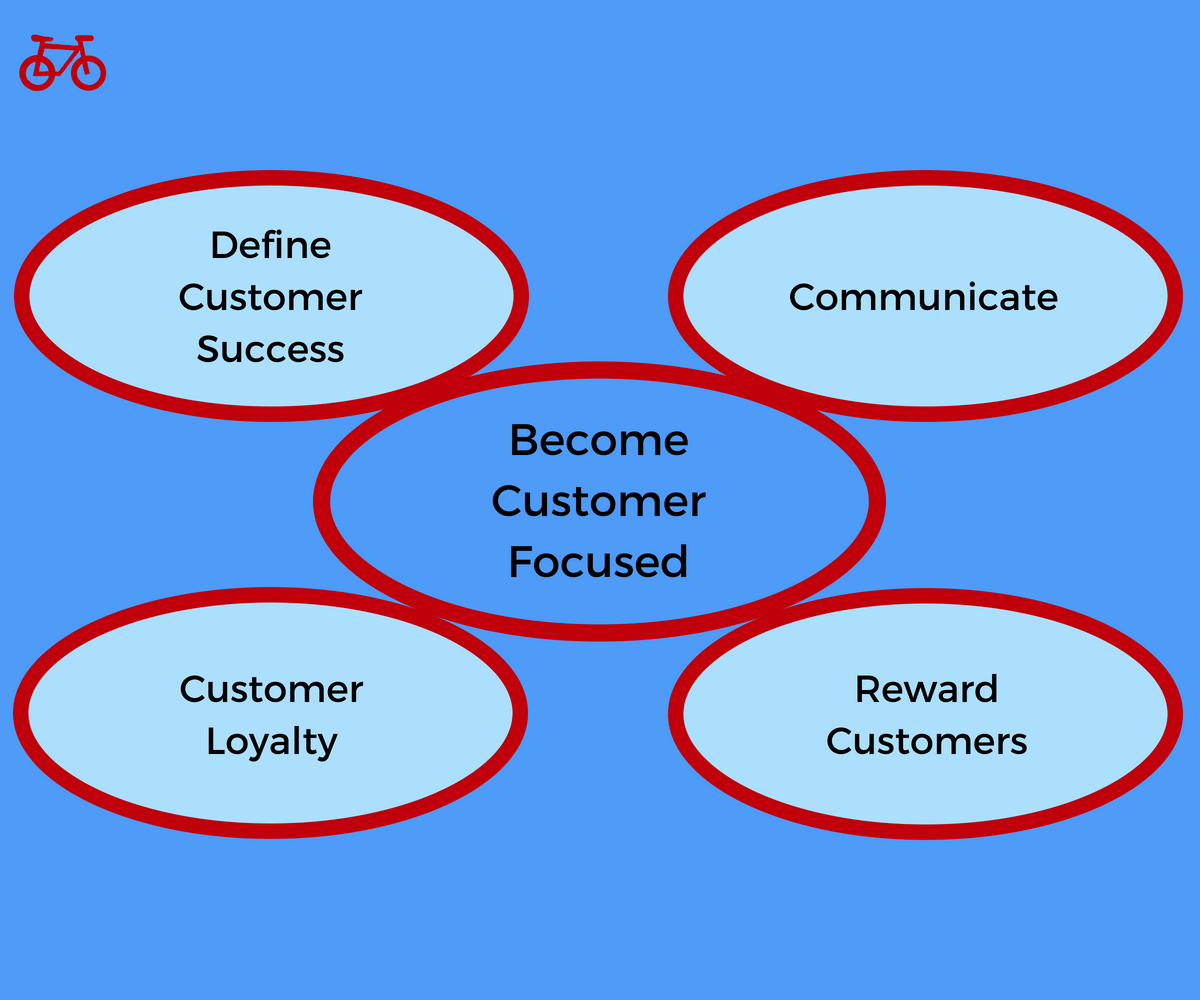
Define Customer Success
Building a customer strategy begins with defining what a successful customer looks like. If we don’t have an end goal, then the customer strategy cannot be focused. Thus, to become customer focused, we need to define our customer success metrics.
Customer success metrics help put a plan and strategy in place to become customer focused.
Communicate
Communicating with customers is a critical aspect to becoming customer focused. Customers need a point of contact within a company. And, when a customer needs to solve a problem, communicating with the company is an important step.
Becoming customer focused requires setting up a medium for communicating with customers. This can be chat, email, phone, or even social media. Regardless of the channel used, a process needs to be put in place.
Customer Loyalty
Building a customer loyalty program is a great way to develop a customer focused strategy. It communicates that the company understands the importance of their customers. It reinforces a positive feedback loop. Ultimately, it benefits the company.
Customer loyalty helps foster a customer centric environment. A main factor is that you can build a long-term relationship with loyal customers. Then, use that relationship as an effective communication and research platform to build products that are better suited for your customers.
Customer loyalty is ultimately an important component of the customer focused strategy.
Reward Customers
Similar, but not exactly the same, rewarding customers is another approach to building a focused customer strategy. Customers can be rewarded through customer loyalty programs. Or, they can be rewarded with better products and better ways to use existing products.
Customer rewards show your customers that you care and that they are important to the business.
When applying a marketing mix strategy, using the consumer component can be a valuable shift to the traditional marketing mix model. Putting the customer at the center of your product is about building products that customers need and want. A small, but critical distinction.
The consumer marketing mix component is about focusing on the customer. They have an increasing number of options, so making them the focus can become a competitive advantage.
